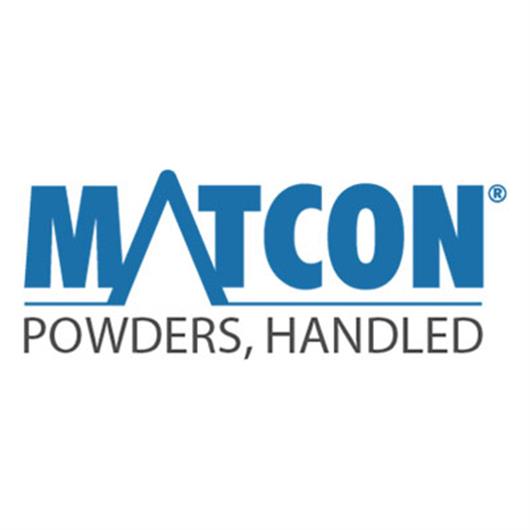 Add My Company
Add My Company
Sign In
Getting a handle on materials handling
09-11-2017

When developing a new design of pharmaceutical manufacturing plant for oral solid dosage (OSD) products, the way in which you design your production lines can dramatically influence the productivity and efficiency of your business. We discuss the three main options for materials handling during production, and consider the benefits and drawbacks of each.
Materials handling – why does it matter?
It is, of course, vital to know what steps are involved in making an OSD product to generate consistently uniform, high quality batches. What ingredients are needed, in what quantities and proportions? What processes are involved and what equipment is required?
But an often-overlooked element is how you move materials between the steps of a given production line. Paying careful attention to materials handling is important so as not to waste time, effort, or money. Idealistically at the early stages of developing a new design of pharmaceutical manufacturing plant. The three main types of materials handling each have their own benefits and drawbacks.
1. Continuous processing
In this system, the equipment required for one stage of the process is directly coupled to that required for the next. In continuous tablet manufacture, for example, ingredients are fed into a mixer, blended ingredients are dispensed directly into the tablet press, and pressed tablets are fed straight to coating and onwards to the packing line.
This type of system effectively removes the need for materials handling at all. Since materials are kept within one pipeline, spills, dust and contamination are minimised, and little effort is wasted transporting materials from process to process.
However, in practice, it is difficult to establish a completely continuous process, and some steps are inevitably quicker than others. This means the entire production line is only capable of operating at the pace of the slowest step.
Also, should a fault occur, then that entire production line must be closed to mend the broken part or remove and clean the blockage, and if contamination should occur, then the entire batch must be discarded and wasted.
Another drawback is the inflexibility of a continuous system. Say a customer placed double their usual order: it would take twice as long to manufacture. It is not straightforward to modify a continuous process in order increase the capacity, or change the recipe, for example.
For more information on Getting a handle on materials handling talk to Matcon Ltd
Enquire Now
More News
List your company on FindTheNeedle.

